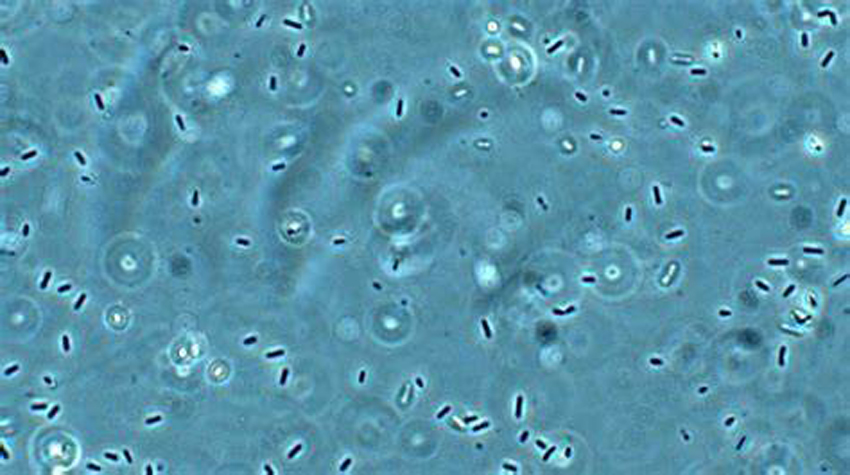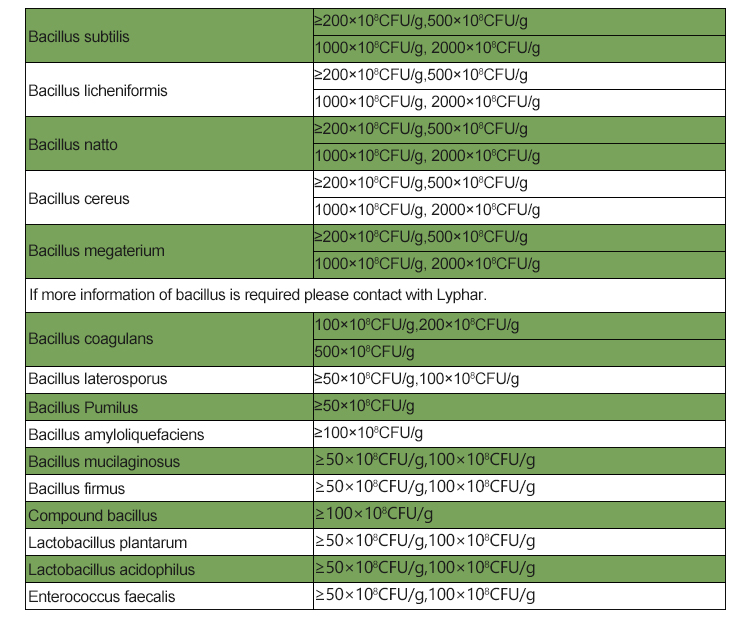Bacillus pumilus is a type of bacteria that has garnered attention for its potential use as a probiotic and its biodegradative capabilities.
Probiotic Properties:
- Gut Health: Bacillus pumilus can help maintain gut health by inhibiting pathogenic bacteria and promoting a balanced microbiome.
- Immune Modulation: It may enhance immune responses, contributing to better overall health.
- Nutrient Absorption: This bacterium can aid in the digestion of certain nutrients, improving their absorption.

Biodegradative Function:
- Biodegradation of Pollutants: Bacillus pumilus has shown the ability to degrade various environmental pollutants, including hydrocarbons and plastics.
- Enzyme Production: It produces enzymes such as laccases and cellulases, which can break down complex organic materials.
- Bioremediation: Its capabilities make it a candidate for bioremediation processes, helping to clean up contaminated environments.
Research is ongoing to further understand its applications in health and environmental sustainability. If you have specific aspects of this topic you’re interested in, feel free to ask!
Growth conditions of Bacillus Pumilus
Bacillus pumilus is a gram-positive, rod-shaped bacterium known for its ability to form endospores. Here are some key growth conditions for B. pumilus:
- Temperature: It typically grows best at temperatures between 30°C and 37°C but can tolerate a range from about 15°C to 55°C.
- pH: The optimal pH range for growth is usually around 6.0 to 8.0, with some strains able to grow in more acidic or alkaline conditions.
- Oxygen Requirements: Bacillus pumilus is aerobic, requiring oxygen for optimal growth. However, some strains can also grow anaerobically in the presence of certain substrates.

- Nutritional Requirements: It requires nutrients such as nitrogen, carbon, vitamins, and minerals. It can utilize a variety of organic compounds as carbon sources.
- Salt Tolerance: Some strains of Bacillus pumilus exhibit halotolerance, allowing them to grow in saline environments.
- Moisture: Like most bacteria, it requires moisture for growth but can survive in dry conditions due to its spore-forming ability.
These conditions can vary somewhat depending on the specific strain and the environment in which it is found.
